|
|
|
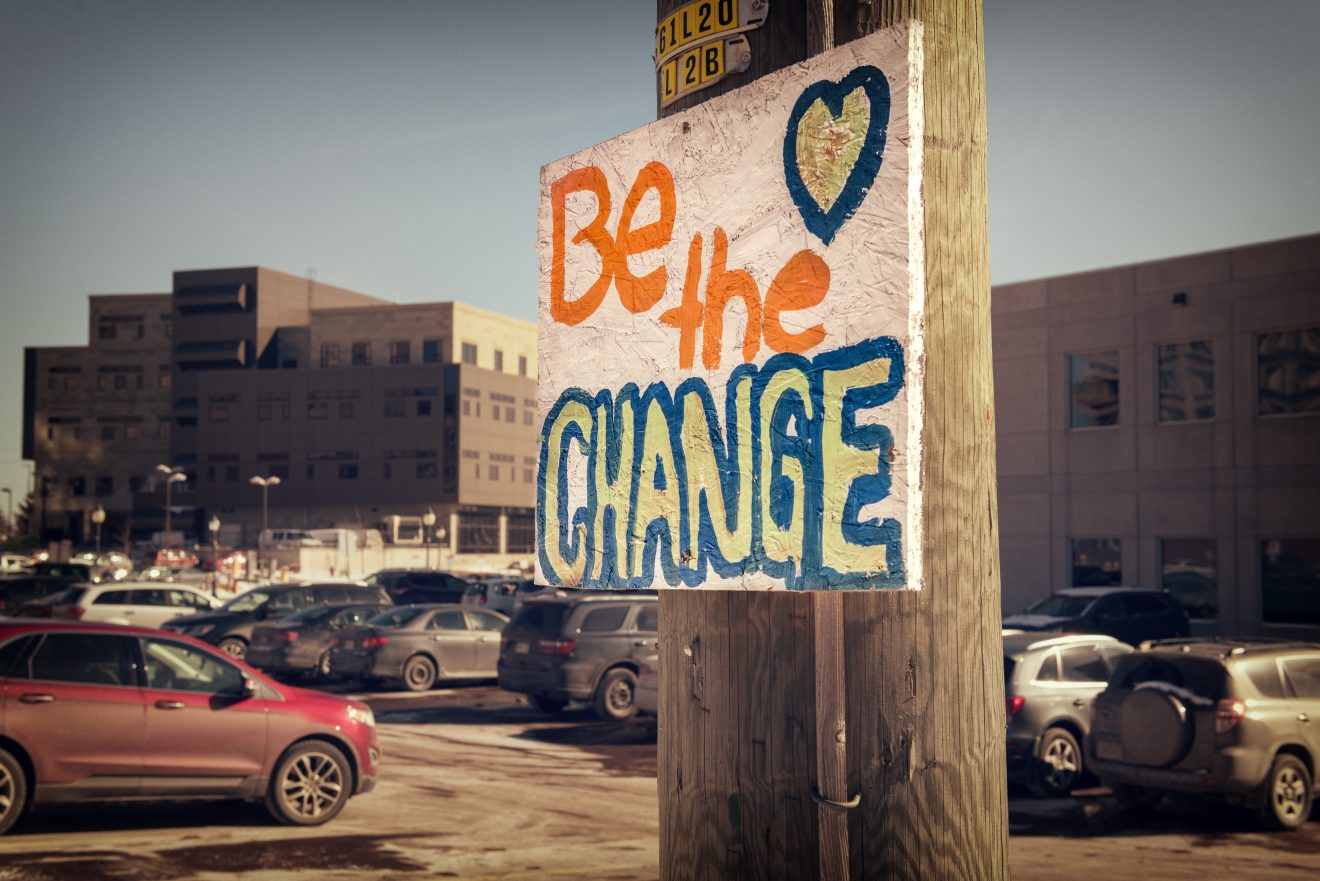
|
Welcome to Week 74 of Be the Change
It's been months since I've published a newsletter, but as you'll see in this update--I've been busy! This week I'm thrilled to share some stunning news from Capital Good Fund!
|
|
|
|
|
|
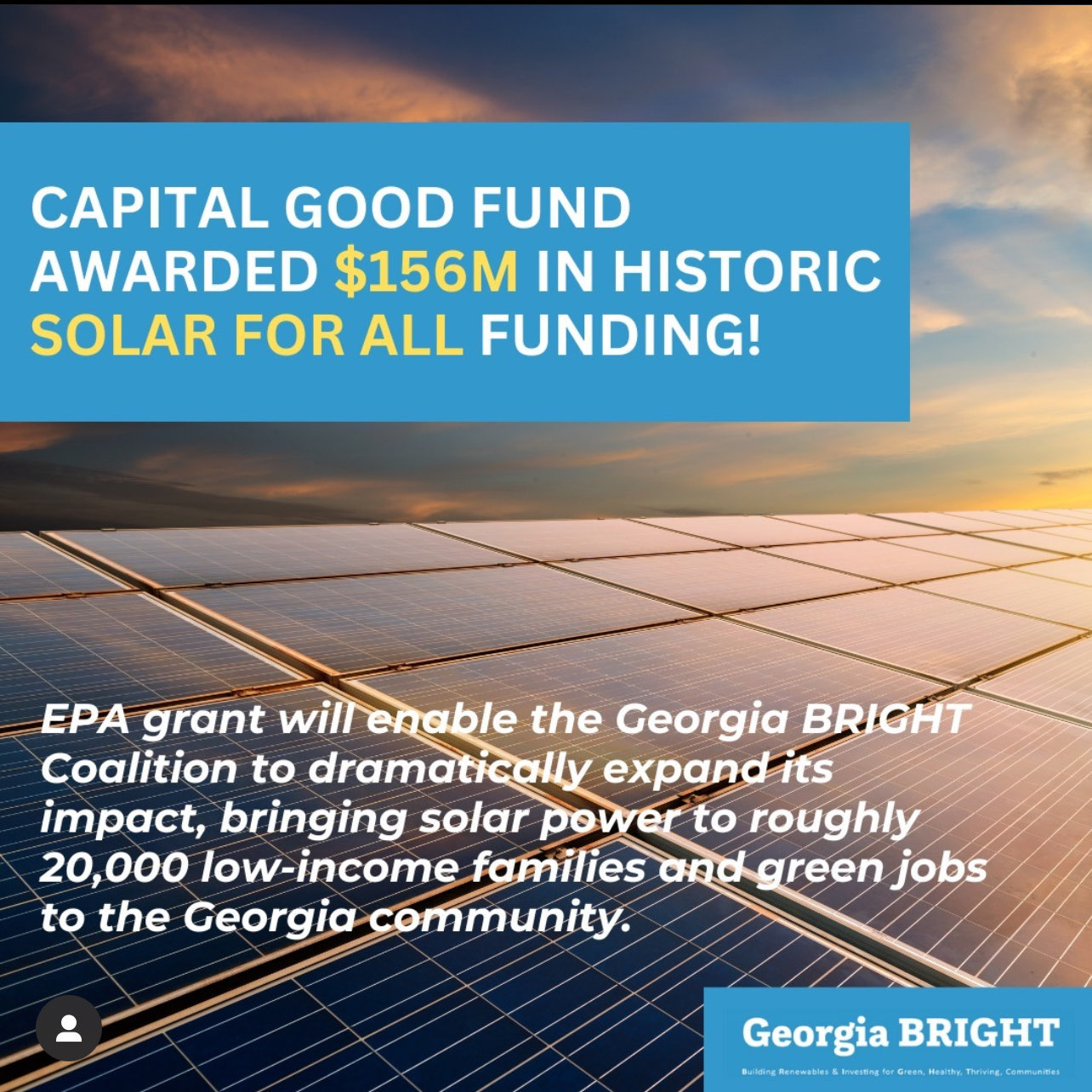
|
|
|
|
On Earth Day, I was able to share news that, a month later, I'm still struggling to process: Capital Good Fund has been awarded a $156 million grant from the Environmental Protection Action agency. The funding, which comes from President Biden's Inflation Reduction Act (IRA), is part of a $7 billion program called Solar for All whose goal is to unlock the benefits of solar power for nearly one-million low-income households nationwide. The Georgia BRIGHT solar leasing program we've been piloting in Georgia since last Fall undergirded our application. That program takes advantage of the fact that nonprofits like Capital Good Fund can now claim the 30% solar tax credit via a direct refund from the IRS--as opposed to needing to have a tax liability to offset. We are leveraging this new policy, called Direct Pay, to run a solar leasing program for low- and moderate-income (LMI) families with no up-front cost, no ongoing maintenance costs, and day-one savings: we claim the tax credit and use it to lower lease payments.
|
|
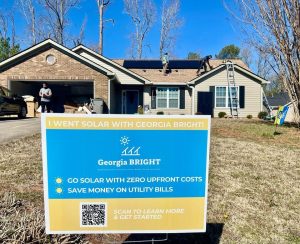
|
In our BRIGHT pilot, we have already signed 40 leases for LMI families in Georgia, a state notoriously difficult for residential solar due to the low-cost of energy, the lack of net-metering, and other policy barriers. We have also signed our first three Power Purchase Agreements (PPAs) for a house of worship and two nonprofits. Between the residential and the commercial (i.e., nonprofit) pilots, we seek to deploy $7 million of capital to benefit underserved communities. The goal of these pilots was always to learn the lessons needed to scale with Solar for All and other funding from the IRA. But to be honest, we did not think that we would win the award. Rather, we expected the state of Georgia to receive the funding and for us to seek a sub-grant. Still, in many ways I have worked to get to this moment for over fifteen years; both I, and the organization, are ready to seize the opportunity!
|
Needless to say, this grant is a game-changer, not only for Capital Good Fund but, more importantly, for Georgians. While we have yet to begin negotiating a grant agreement and work-plan with the EPA, I can give a high-level sense of what we propose to do with the funds. (These figures are subject to change, pending EPA negotiations.)
|
|
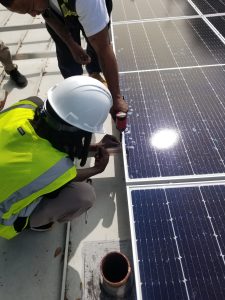
|
Again, the existing BRIGHT residential solar lease is the core of our program. We expect to offer the BRIGHT Lease to between 4,000 and 5,000 low-income homeowners over five years, with 50% incorporating battery-storage. Under this model, we own the systems, lease them to homeowners such that there is at least a 20% day-one bill savings, and then claim the 30% federal solar tax credit, Renewable Energy Credits (RECs), and other incentives that reduce costs for families.
|
To hit these numbers, we place $44 million of the grant into the capital stack--the pool of capital used to install the systems--and add $28 million of private debt. We also allocate ~$16 million of grant dollars for "Enabling Repairs", which are free and cover fixes required for solar to be possible, such as a new roof or breaker-box upgrade. An old roof is one of the most common reasons why a homeowner cannot go solar.
|
For ~775 of the lowest income homeowners (those that are at most 50% of Area Median Income), we provide a free solar and storage installation. We also allocate $5 million for Enabling Repairs for these projects, as we expect these homes to be especially in need of things like a new roof. In this scenario, we will offer a fully prepaid lease, meaning that for at least seven years, we own the system and are responsible for repairs and maintenance, but the homeowner makes no payments whatsoever. In month 72, we can transfer ownership of the system to the homeowner, again at no charge.
|
|
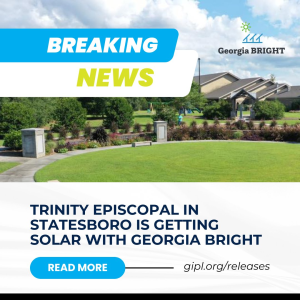
|
Our first Community Benefit solar project!
|
We propose to install solar and / or battery-storage on about 750 commercial facilities, particularly nonprofits, houses of worship, and government buildings. The idea is to share the savings with the community in the form of a community-benefit agreement; the shared savings must be equivalent to 20% of each low-income family’s average monthly utility bill. To reach ~10,000 households, we will leverage $25 million in grant dollars with $75 million of debt. Some of the 750 installations will be financed by us, via our BRIGHT SEPA; some by other SEPA providers; and some by a loan from us. We also place nearly $3 million of the grant into Enabling Repairs for this category.
|
Utility-Led Community Solar
|
We place ~$15 million into community solar. In Georgia, the only community solar that is allowable is that which is owned and developed by utilities. The aim is to provide low-cost loans or other credit enhancements to utilities in the state that will develop community solar projects to which ~8,000 low-income households can subscribe, each realizing at least a 20% savings on their electric bills.
|
We also place $34 million into the General & Administrative bucket, broken out into three categories:
|
Roughly $7.5 million will go to existing and new workforce development program to train 1,000 workers in all aspects of the solar value chain, from installation to system design, project management, and more. Capital Good Fund will sub-grant to workforce development providers and monitor their performance.
|
2) Community Outreach & Education
|
One of the biggest challenges will be garnering enough interest in the program. Therefore we placed $11M into community outreach and education, which will be used across a broad swath of outreach approaches, from in-house business development and salespeople to sub-grants to community organizations, paid advertising, door-to-door canvassing, and more.
|
Finally, we placed $15.6 million into the Administrative bucket, to cover our costs of standing up, running, and monitoring the program: legal and IT costs, personnel, travel, hardware, and more. Specifically, we proposed to hire nearly 30 people over the five-year performance period.
|
All these numbers will likely change as we negotiate and then sign a grant agreement with the EPA. But no matter the final figures, they are stunning. This grant will transform the state of Georgia, saving families tens of millions of dollars on electric bills; creating a thousand good-paying jobs; doubling the amount of megawatts of installed rooftop solar and megawatt-hours of distributed battery-storage; and laying the groundwork for implementing better solar policy, such as Virtual Power Plans, to drive even more adoption of rooftop solar and storage.
|
Lastly, I want to highlight how smart President Biden's climate policy is. The IRA didn't just pay lip-service to environmental justice, it baked equity into every aspect of the legislation. 100% of Solar for All dollars have to benefit low-income families and communities, and every applicant had to explain how they will reach minority, veteran, and woman-owned companies throughout the solar value chain, such as installers. Recognizing the low-income families are likely to need a new roof or other upgrades before going solar--and that the cost of doing so is prohibitive--they allowed applicants to spend up to 16% of their award on these upgrades. Thanks to Biden's Justice40 initiative, 40% of all climate spending has to benefit low-income and disadvantaged communities--which means that, again, these aren't just words in a speech but a policy that gets embedded in grant agreements resulting in real money flowing into real communities.
|
|
I could go on. The IRA created incentives for developing clean energy in underserved communities and for using domestically made materials. At the same time, it established robust incentives for domestic manufacturing of these materials, and significant funding to enable community groups like us to reach underserved communities. The IRA is, in short, is transformational from every vantage point: reducing emissions, creating jobs, advancing social equity. When I wrote my master's thesis, titled Green Microfinance: Advancing Social Equality and Environmental Sustainability in the United States, I could only have dreamt of legislation like the Inflation Reduction Act. I wrote that in 2009; 15 years later the moment has arrived and the only thing that can derail delightful social and environmental progress is Trump returning to power. Outside that nightmare--and scarily plausible--outcome, the coming years will be full, not of climate dread, but of the joy of taking action.
|
|
|
|
|
|
|
|
I hope to resume writing more frequently. Have a great Memorial Day!
|
|
|
|

|
|
|
|